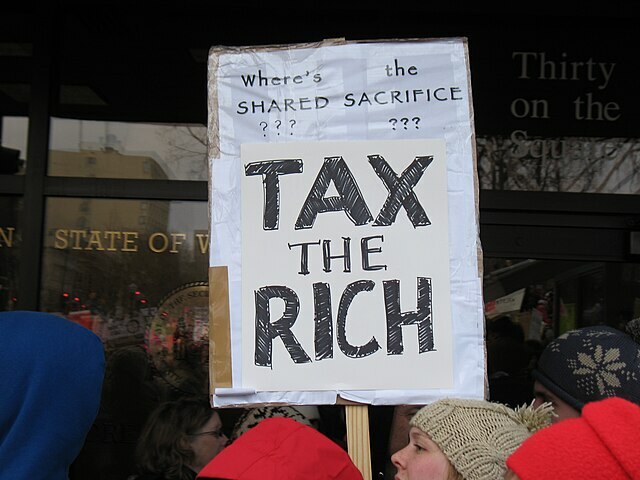You may have missed the news that North Carolina government had higher revenue and lower spending than budgeted for the third year in a row. When government takes in more and spends less than expected, it creates a more sustainable fiscal future. Both parts of the equation are important because future spending is projected to grow faster than revenues, even excluding the billion-dollar per year tax cuts that take effect in January 2019.
Faster economic growth is the only sure way to increase tax revenues, but that is determined by many factors outside the control of state government. If higher taxes automatically produced more revenue, Illinois’s revenue would have soared over the past five years. Instead, actual collections were flat from Fiscal Year 2011 through FY 2015, according to the National Association of State Budget Officers. Spending is the main lever available to policymakers, which means making difficult choices about what state government can and should do.
State government came in $356 million under budget and brought in $494 million more in tax and non-tax revenue than budgeted during the fiscal year ended June 30. After setting aside $150 million in a reserve for Medicaid transformation, $125 million for repairs and renovations, and $364 million in the rainy-day fund, state government had $363 million more than expected available for the current fiscal year. This kind of discipline means future legislators have more flexibility. It also makes it easier for people to make decisions for their families and businesses because they have less fear of sudden tax hikes, which can mean a stronger economy.
Sustainable spending is important because the projected shortfalls in the state budget are the result of projected spending increases, not the recently passed tax reforms. Even without changes to tax policy, the state budget would fall $200 million short in FY 2021-22. Revenue is projected to grow 17.9 percent over the next five years. Spending is projected to grow 19.4 percent, paced by Medicaid and the UNC System.
Medicaid grows 27.1 percent by FY 2021-22, just over $1 billion of new state appropriations that year compared to this year, in Fiscal Research Division’s forecast. More people in the system are projected to use more services that cost more money. If Medicaid managed care works, the rate of growth should be slower. A reduction in annual growth of 1 percentage point would save the state $170 million in FY 2021-22 alone.
Appropriations to the UNC System will grow 22.5 percent over five years according to the forecast. Enrollment spending grows faster than either community colleges or K-12 schools. The forecast does not use a unique higher education inflation rate. Instead, it projects price increases commensurate with the rest of the economy. The combination of higher prices and more students, however, yields faster spending growth than either K-12 or community colleges. Such rapid growth in spending provides some understanding of why the legislature and UNC administration are interested in other funding models and better information on the returns from university spending.
In addition to Medicaid and universities, capital expenditures including repairs and renovations will more than double to $269 million while General Fund contributions to state employee pension and health benefits will climb $378 million from their current level. Even with the increases, these essential contributions to the future are not adequate without other policy changes to reduce the square footage of government-owned property and cap the liability for future retirees. One step that could eventually help is the decision to close post-retirement enrollment in the state health plan for people who join state government after December 31, 2020. Such a change will slowly reduce the state’s long-term liability for health benefits.
The tax cut reduces revenue growth from 17.9 percent to 13.0 percent over the next five years, not including unspent funds that could be available from previous years. Economic growth is the key to revenue growth, but the economy would have to grow quickly for tax revenues to match the growth of spending. If the national economy can maintain the 3 percent annual growth notched in the last quarter, North Carolina’s economy will follow and revenue growth should as well. Forecasts suggest that will not continue and instead we will see a return to 2 percent growth, which means continued slow revenue growth. Alternatively, the state could grow faster than the nation as the past six years of fiscal and regulatory reforms become embedded in expectations for family and business decisions.
Policymakers have the same options as always. Cut the number of tasks we ask government to attempt and spend less on the activities that remain. Agencies’ recent record of year-end savings provides hope as does the General Assembly’s focus on tackling long-term fiscal challenges. There is no room for complacency because the challenges are still daunting and the risk of recession is never far off, but the state’s financial footing is better than it was a decade ago.


